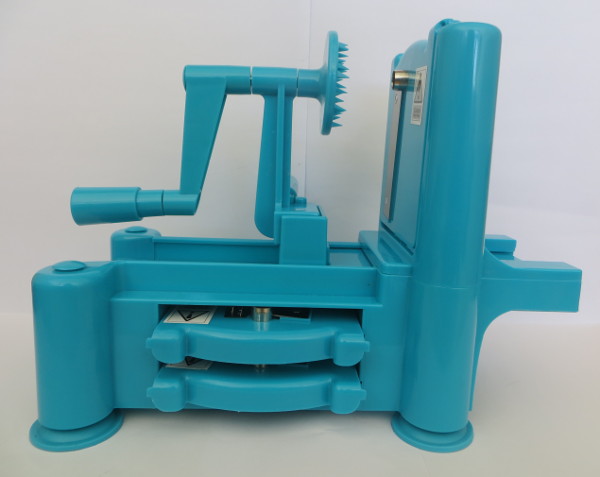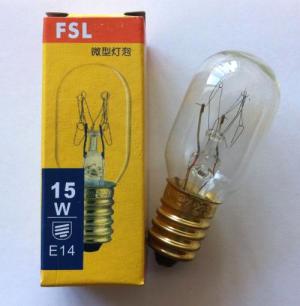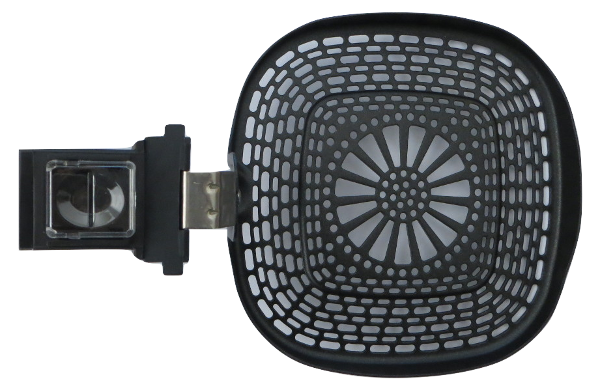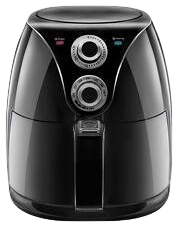Rate / CommentCategory: Midzu equipments
Salt lamp
Related products


With 3 special blades.
Stock: Yes
| Price: EUR 9.99


Small size. Also suitable for most refrigerators.
Stock: Yes
| Price: EUR 2.90


Make delicious barbecues or healthy fritters.
Stock: Out of stock
| Price: EUR 5.59


Includes a mold for cakes.
Stock: Yes
| Price: EUR 54.99

